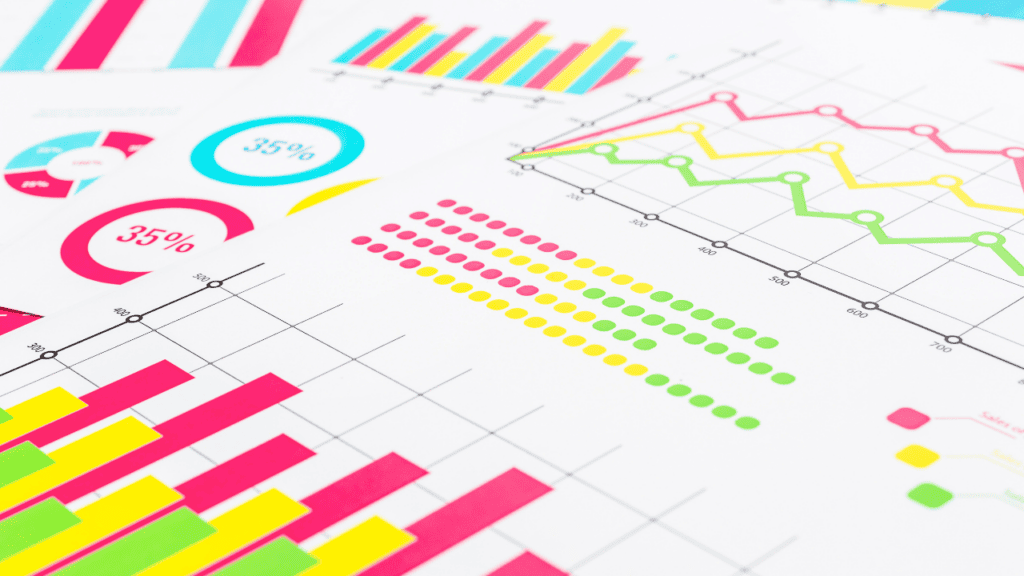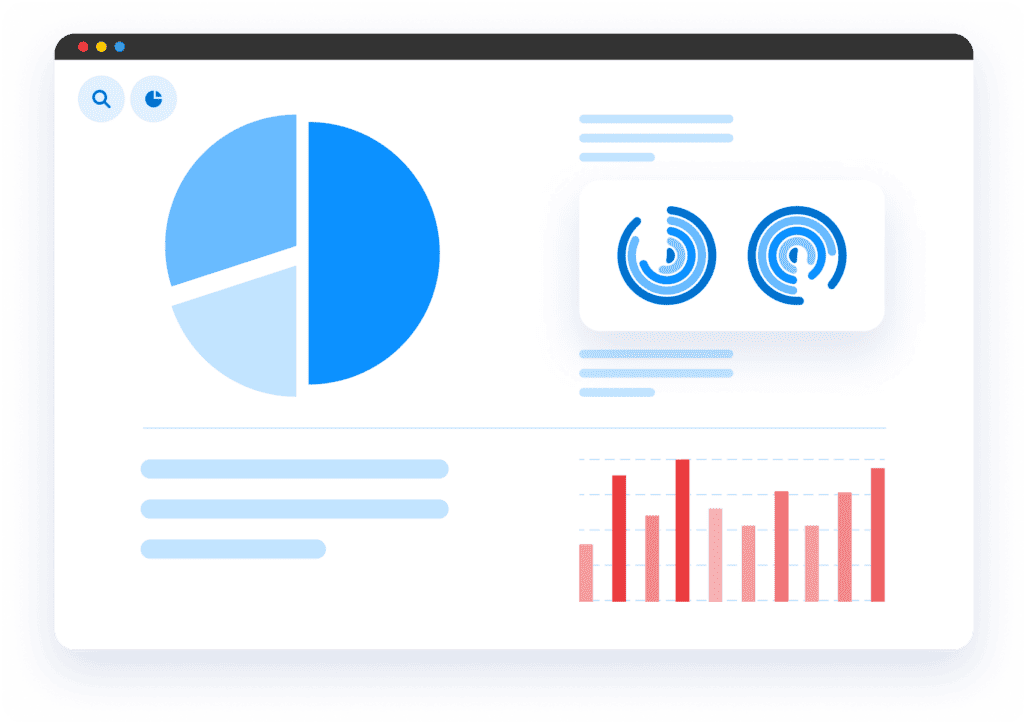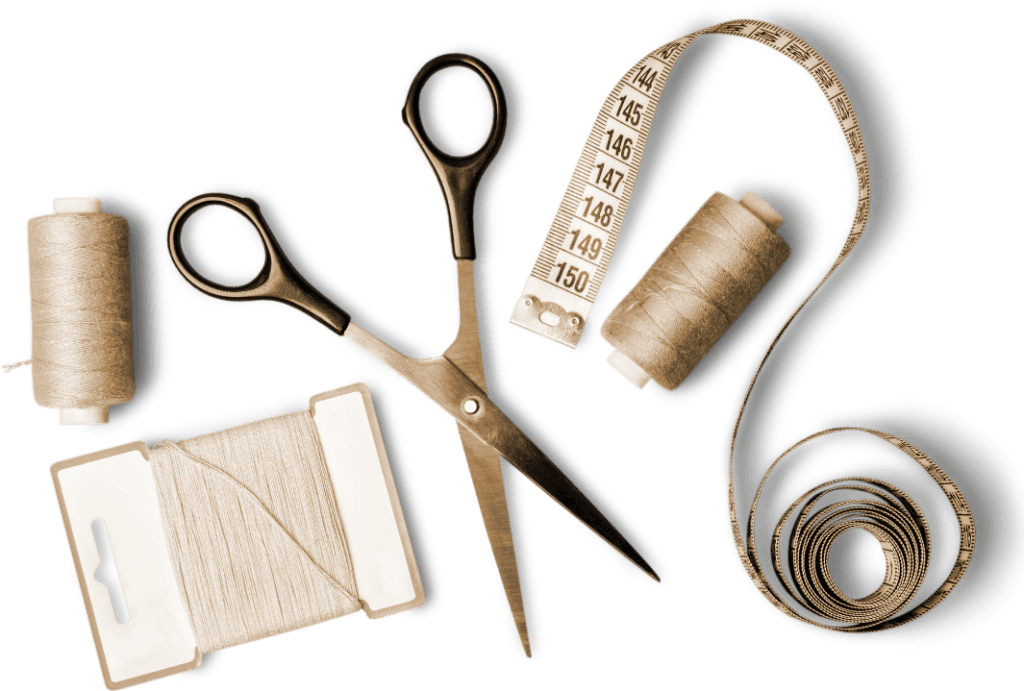“Just 21% of employees feel confident in understanding data“
Questionmark, 2022
Imagine you had the power to read your customers’ minds. Or that you could see the future of the market and make predictions for your business ahead of time. Through data, businesses can do just that. By being data literate, businesses can better lean into who their audience is, what its interests are, and its key behaviors. It allows organizations to learn data points about everyone,— but not one person in particular. This is why we listen to personalized Spotify playlists, read news headlines tailored to our interests, and laugh at Tiktoks optimized to our personal brand of humor— our behaviors are aligned with the data points of others, allowing for ‘personalized’ suggestions.

It’s no secret though that data collection is a double-edged sword for both organizations and individuals alike. For organizations, collecting data involves complying with heavy paperwork and prowling around an intricate list of data privacy regulations. Moreover, the technologies that read and organize data are complicated and time-consuming to manage, and the people this data should be most accessible to— employees from all across the business who need to make business decisions based on it— are the least confident in using it.
By now we have come to realize that the unprecedented access to and collection of data is in equal measure a blessing and a curse. Which is why the time has come to focus on working with it rather than fearing it. Making it work for us rather than allowing it to overwhelm us. Both as professionals, i.e. representatives of a business, as well as individuals whose private lives it occasionally sneaks into. So to begin with, let’s look at what it means to work with data.
What does it mean to work with data?
Data literacy – a definition
We (Questionmark) developed our definition of data literacy based on a series of interviews with business leaders. We asked them to compare their observations of people they had previously worked with based on the way they interacted with data. And they told us that some of those people seemed to fear working with numbers. Others were curious about the story numbers told. Some lied about data and framed it in a way that showed them in a good light. Others used the unpleasant findings they learned through data to improve their work. Some business leaders thought that the way people used data also reflected their personalities – such as the willingness to be honest and transparent in communicating it, or the eagerness to lean into new information and learn more, especially when something goes opposed to expectations.
All in all, being an apt user of data boiled down to four abilities, all of which can be learned and acquired. A data literate person:

- Understands data, graphs, numbers, and what they represent at a practical level
- They can evaluate the validity of data, its weight, valence, and weaknesses
- Apply what they’ve learned accordingly in their work and lives; they take action
- And are able to convey it to others in a clear, transparent, and efficient manner.
These four sub-skills are key to the performance of any business and perhaps the secret ingredients to a more productive life.
Why is Data Literacy essential for core sectors?
While every industry should become more data literate in order to gain a competitive advantage, there are arguably three industries where it is vital and yet, least used:
Government and Education
The educational sector has been one of the most heavily impacted by the pandemic. If teachers treated student data the same way businesses treat customers’ data then educational institutions could learn key insights and potentially verify assumptions that are widely held but not fully confirmed.

This could include discovering what keeps students engaged during learning, the optimal lesson length, the reasons why students are keener on some subjects rather than others, and teaching patterns that prevent teachers from engaging students in less popular subjects. Eventually, they could predict learning outcomes/test scores and correlate them with behaviors observed during learning.
Imagine the optimization education could benefit from if technology was appropriately coupled with education and the achievements we could accomplish as a society on a global scale.
Healthcare

In healthcare, as in education, the gap between the levels to which different countries managed to embrace technology opened painfully large during the pandemic. No doubt access to large amounts of data and its free, boundaryless circulation were key factors that sped up the process of researching solutions against the virus that brought the entire planet to its knees. But there’s so much more unexplored opportunity to innovate healthcare through data and to bring that same level of health assistance to underprivileged countries and communities.
According to the Global Innovation Index 2019, only 97% of the data collected by healthcare professionals was being put into use at the time. One can only imagine how powerful our health-related insights and predictions could become if every symptom, diagnostic, and health-related habit could be aggregated in one centralized system. Add to that a layer of extensive information about patients’ backgrounds and perhaps a record-keeping system supported by AI and the predictions and the accuracy and effectiveness of health advice we may receive as patients would mark a drastic improvement, whilst allowing specialists to devote more time to critical cases. In short, data and technology in healthcare can save lives.
Manufacturing
PwC advises that data and analytics can and should be used by manufacturers to optimize the supply chain and potentially help combat some of the world’s largest environmental issues. For example, according to a recent New York University study, the fashion industry is responsible for “8% of all carbon emissions and 20% of all global wastewater, with an anticipated 50% increase in greenhouse gas emissions by 2030”.

There’s much to be said about the issues arising from fast fashion but one is left to wonder what would happen if clothes manufacturers were to employ data literacy in analyzing consumer behavior throughout the entire clothing lifecycle to create more durable products. To collect data about the supply chain to source raw materials in better locations – because water waste is, after all, a money waste for them too. To track the hours worked by their employees to improve their productivity and reduce burnout. Imagine the same principles applied to optimizing production and reducing waste in food production.
Concluding thoughts
The world is undergoing a leap in its ability to collect, analyze and apply data. We, as employees and representatives of the companies we work for, must ensure that we make the most of this data to pave the way for a better world. As we’ve seen, the three industries where data is used the least could have a massive impact on key issues the world is currently grappling with – such as the quality of and access to education, unequal access to health services, and global warming. It’s about time we started working with data to make it work for us. As business leaders, as employees and representatives of the organizations we work for, and as citizens of this world.